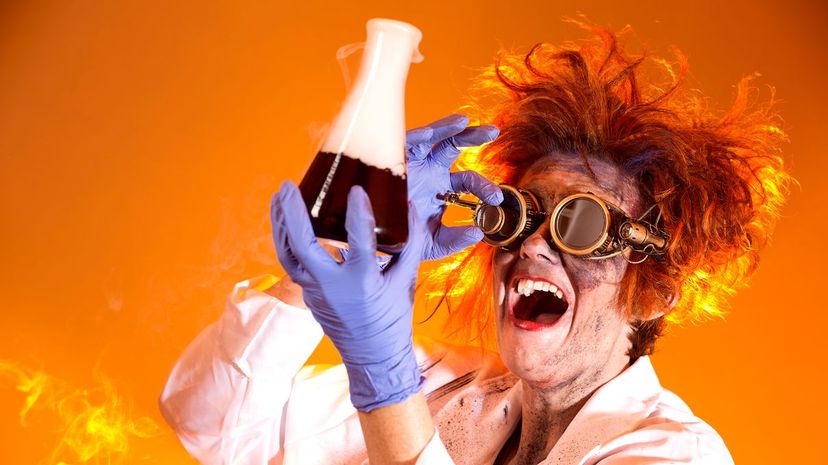
About This Quiz
Some people excelled at writing in school; others found that their time was better spent practicing their musical instrument of choice. Maybe going out for the football team was more your thing! If those options didn't pan out, perhaps you found solace in the scientific. Perhaps it was the vast depth of the universe that attracted some of your friends to astronomy. Biology promises an understanding of how life on our planet functions. Better yet is physics, which applies mathematics to daily happenings.
No matter what your favorite scientific subject was, if your memories of grade school bring back flashes of fetal pig dissections and chlorophyll, then this quiz is for you! The mitochondria might be the powerhouse of the cell, but will you be the powerhouse of this quiz? Are you able to distinguish between igneous, sedimentary and metamorphic rocks? Do you know what it means to be in homeostasis? Can you name the outer layer of skin that encases our bodies?
Take this quiz to test your scientific knowledge, and maybe learn a few things along the way. We'll go from A to Z, and then some, to determine if you're a top producer in this knowledge ecosystem or just a parasitic bottom-feeder.

The human body has three different kinds of muscles. Cardiac muscle is what makes up the heart, smooth muscle is found on the outside of internal organs, and skeletal muscle is linked to the skeleton.
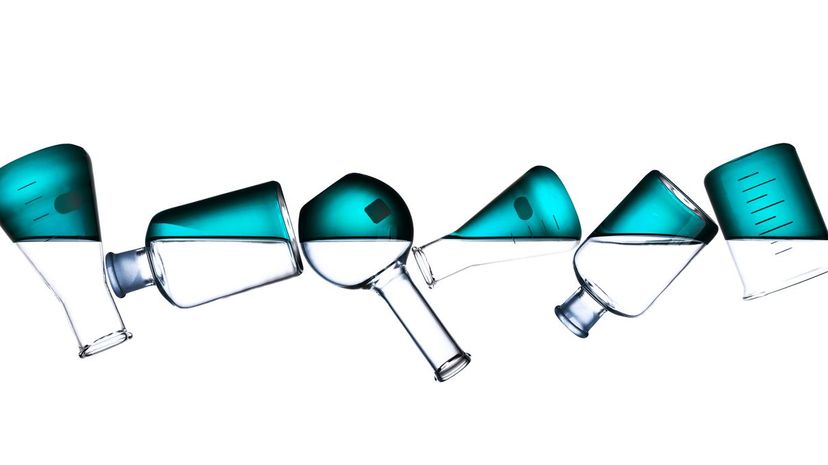
Buoyancy is created when a fluid exerts a certain amount of force on an object that has been immersed in it. The idea is that because pressure increases with depth, there will always be an upward thrust on objects, since there is greater force at the bottom.
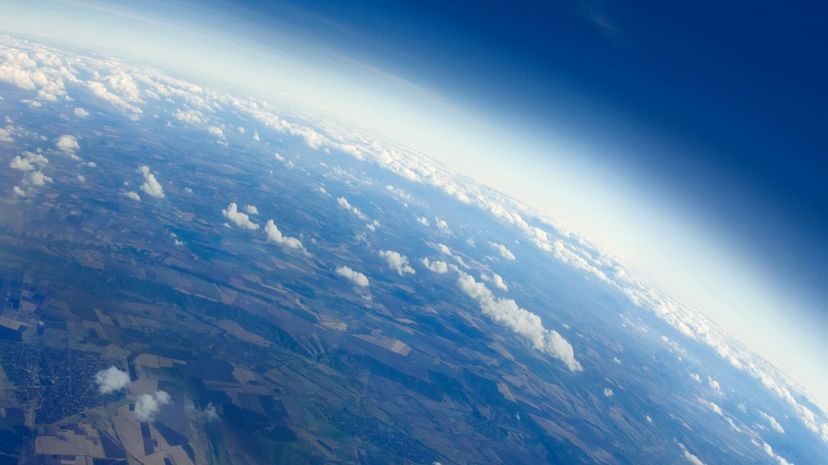
Without the presence of the ozone layer, more of the sun's harmful UV-B rays would reach the Earth's surface. This would result in higher rates of cancer and an increased global temperature.
Advertisement
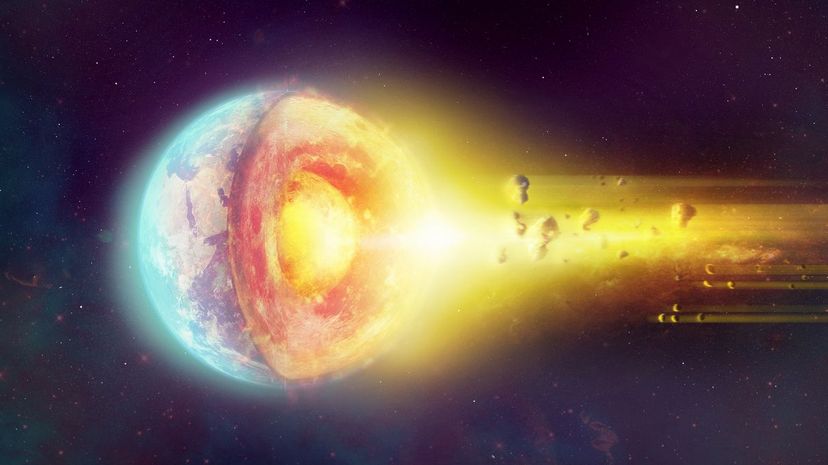
Geothermal energy is an excellent alternative for those looking for a sustainable and clean method to provide power. Heat from below the Earth's surface is used to create steam, which rotates a turbine, creating energy.

Due to the limited food supply available on ships, pirates and sailors dealt with scurvy. The disease caused their teeth to fall out, their gums to bleed and their hair to thin. Without treatment, people usually perished.
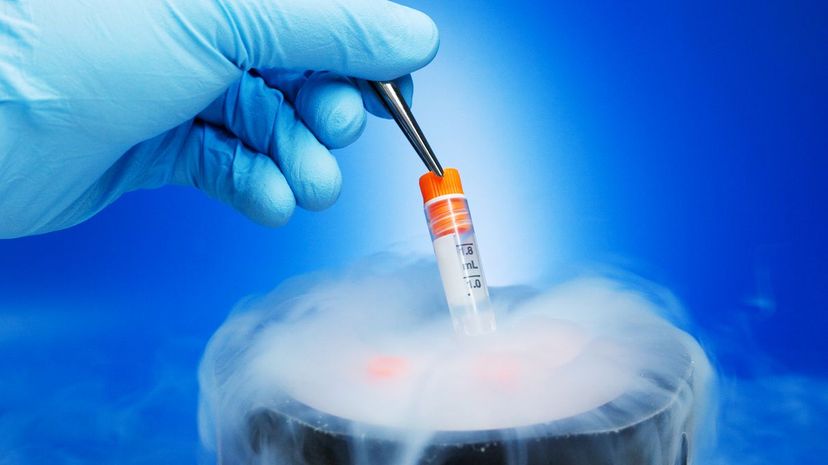
Absolute zero is the temperature in the universe at which atoms completely stop moving. Absolute zero is defined by the Kelvin scale, but translated, it is approximately -460 degrees Fahrenheit or -273 degrees Celsius.
Advertisement

Tensile strength is the measure of the force that is needed to break an object. For example, if a rope is being pulled on, the moment before it breaks would reveal its tensile strength.

Kinetic energy is defined as the energy of motion. In order for energy to be converted from potential to kinetic, a force must act upon an object so as to put the object in motion.

Wavelength can also be found by comparing the distance between successive waves' troughs and zero crossings. Wavelength is influenced by the medium it is traveling through, whether it's water, air or something else entirely.
Advertisement
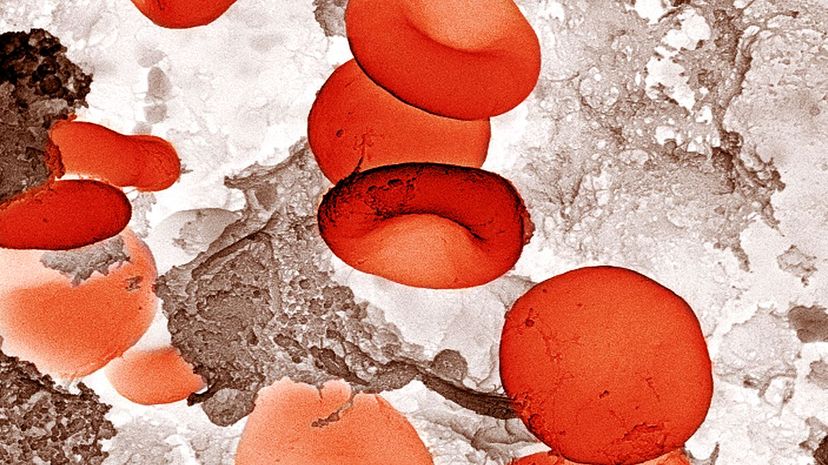
Our bodies receive essential, conditionally essential and nonessential amino acids from the protein that we eat. These organic compounds repair muscle tissue, promote growth, help with digestion and assist in many other bodily functions.
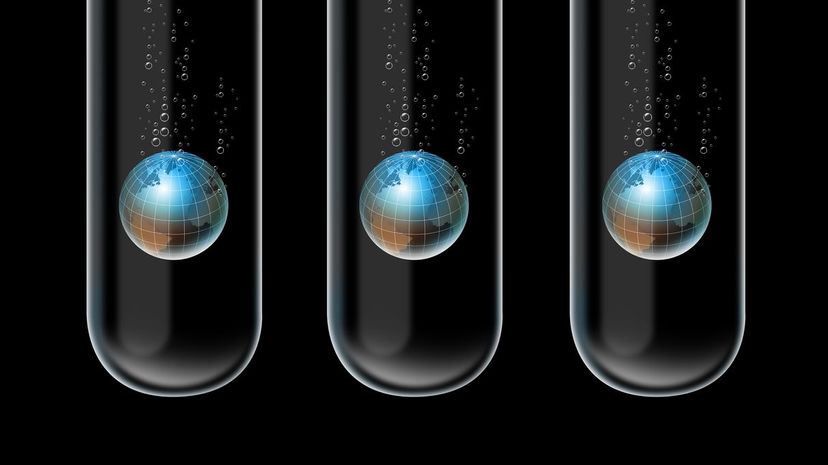
Faults can be found across the globe — they are the most common cause of earthquakes. One of the most active fault areas is the Ring of Fire, which is found along the basin of the Pacific Ocean.

Electrons are necessary for producing a great number of phenomena in the physical world. Without electrons, we would not have thermal conductivity, magnetism, electricity or even chemistry!
Advertisement
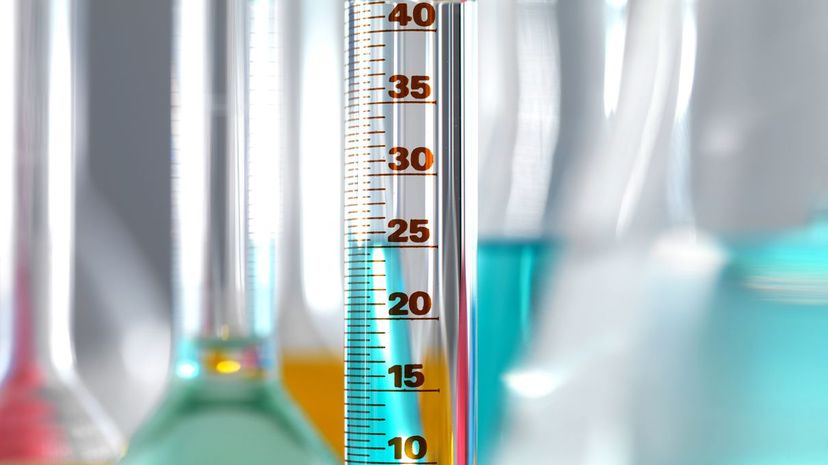
Prior to its official naming, three options had been proposed for the vast distance being discussed. Frank Watson Dyson had put forth the name "astron," while other scientists had come up with "siriometer" and "parsec." Parsec was ultimately chosen.

A joule is a unit of measurement for energy, and it is equal to the work necessary to produce one watt of power over the span of one second. Based on this, a joule can also be measured as a watt-second.

Carbon is a very adaptable element and can be found in a number of compounds. In fact, it is part of more compounds than all the rest of the elements put together! Some of its more common forms are charcoal, graphite and diamond.
Advertisement

Yeast is very easy to find in the world. It naturally occurs on the exterior of some fruits, like peaches and grapes. Yeast can also be found on the human body, living between a person's toes and other places.
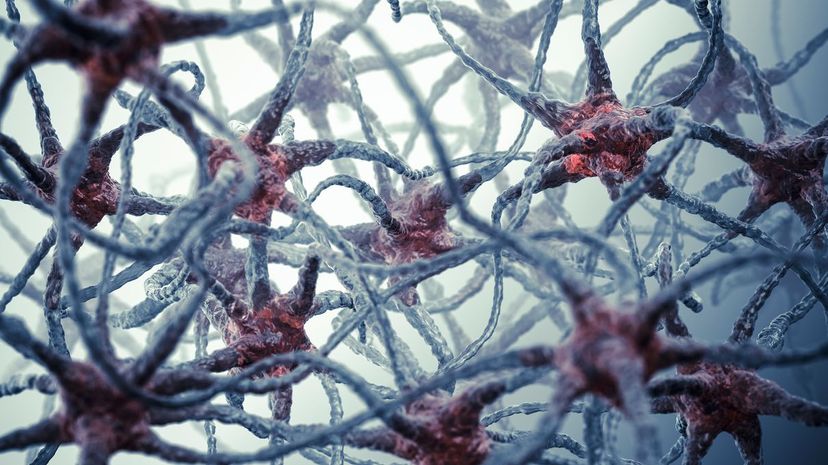
A neuron, or nerve cell, is made up of the soma, axons, axon terminals and dendrites. A neuron's dendrites communicate with other neurons, bringing in information through electrochemical stimulation.

Cobalt-60 is a radioactive isotope that plays a large role in cancer treatment. Medical professionals can use the isotope to kill harmful cells or even control their growth, sometimes eliminating the need for surgery.
Advertisement

Shadows are made up of three different parts, called the antumbra, the penumbra and the umbra, which is the darkest part of a shadow. The umbra is where any light is completely blocked out by another object.

Nebulae can form when a star dies and explodes or in an area where new stars are trying to form. One well-known nebula is the Crab Nebula, which was formed when the Taurus constellation suffered a supernova.

Magma is molten rock, found beneath the Earth's surface. When magma cools below ground, it forms plutonic rocks, such as gabbro, which is quite common in the Earth's deep oceanic crust.
Advertisement

Up until 2013, the Higgs boson was only a theoretical particle in the Standard Model of particle physics. Its existence was confirmed with the Large Hadron Collider located at CERN, near Geneva, Switzerland.

Despite their perceived existence, quarks cannot be observed directly or as a single quark. They can only be detected when they have joined together to form hadrons. A quark carries a charge, known as its "color."

The term "zenith" is used to describe the point directly overhead. The sun is at its zenith above you if a pencil poked straight into the ground casts absolutely no shadow. The sun's zenith passage relates to the Mayan calendar.
Advertisement

The initial definition of momentum began with work done by the French scientist Rene Descartes. From there, the English scientist Sir Isaac Newton took things further and developed his laws of motion, which consider momentum.
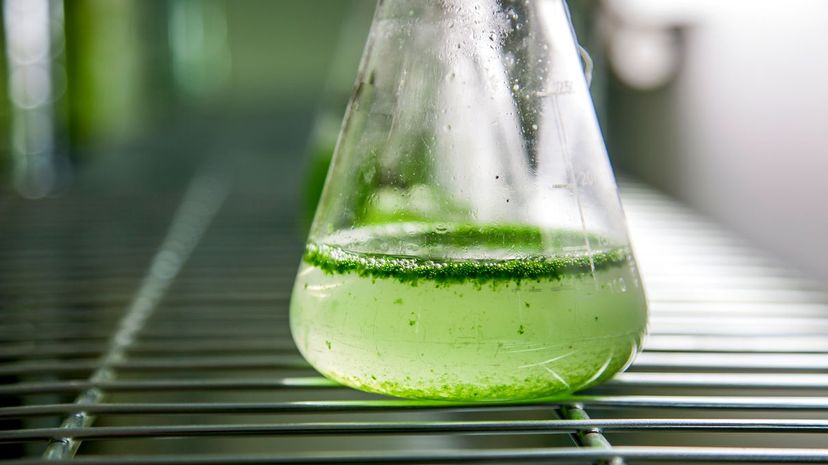
Diatoms are found in various water sources and soils around the world. They are a great fertilizer once they die, as their shells erode to dust which is scattered across nearby land by the wind.
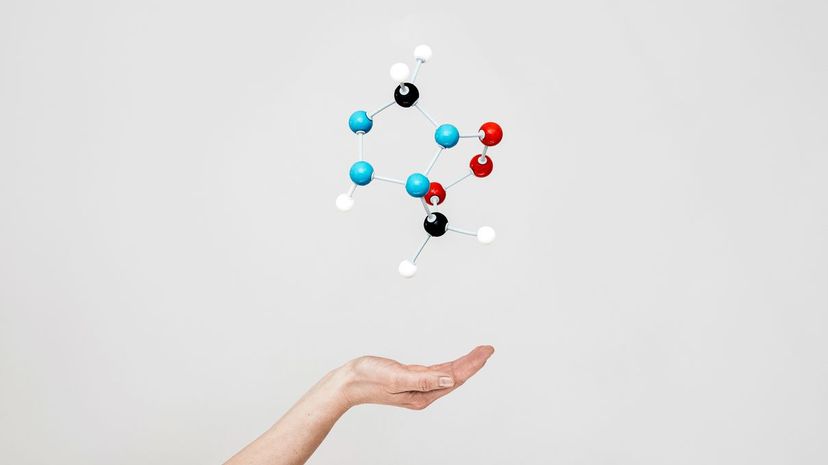
The word "calorie" is not seen as often as "joule" or "kilojoule" in scientific texts these days, given the modern way of measuring temperature increase through joules. One calorie has the same amount of energy as approximately 4.18 joules.
Advertisement
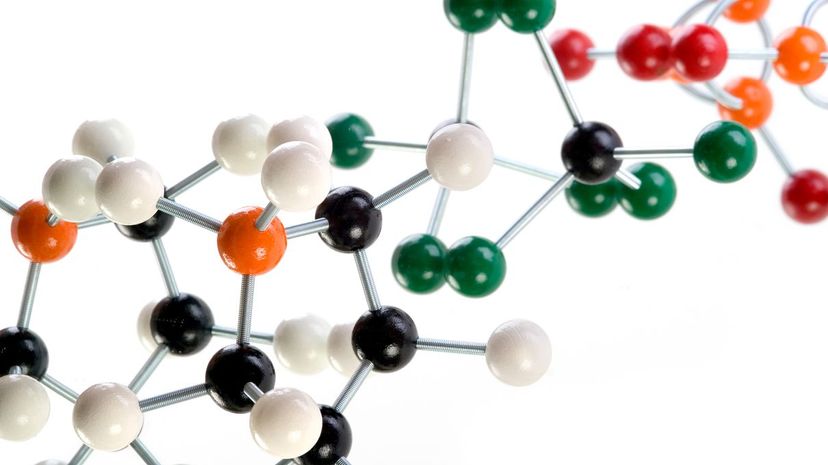
Valency refers to the potential activity of valence electrons. These are the electrons found in an element's outermost shell that can be used to create bonds with another element's particles.
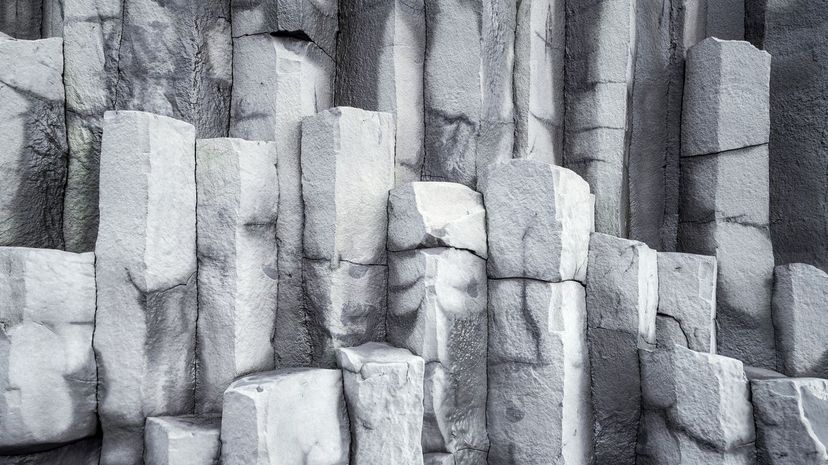
Igneous rocks are formed from lava or magma that cools and solidifies. If they form below the Earth's surface, they are considered intrusive igneous rocks; if they form above the surface, they're extrusive.

The xylem is responsible for getting water from the roots to other parts of the plant, in addition to distributing nutrients. When a plant loses moisture through functions such as photosynthesis and transpiration, the xylem works to replace it.
Advertisement

Latent heat can cause phase changes within a substance. This can mean turning something from a solid to a liquid to a gas and vice versa. This heat does not affect the overall temperature of the object.

"Ohm" is the term used to describe the electrical resistance between two points. The unit of measurement was named after Georg Simon Ohm, who put together many theories of electricity.

Spring tides happen when the gravitational pull of the moon and sun are closely aligned. Because of this extra gravitational pull on the Earth's tides, spring tides include high tides that are higher and low tides that go below their average.
Advertisement

Many zooplankton can only be seen with the help of a microscope, but jellyfish can be observed with the naked eye. There have even been jellyfish specimens collected that measure more than 120 feet long!

Lava is able to travel long distances, despite being thicker than water. Lava that is more viscous tends to come from explosive eruptions, while lava with low viscosity tends to flow from a volcano like a river.